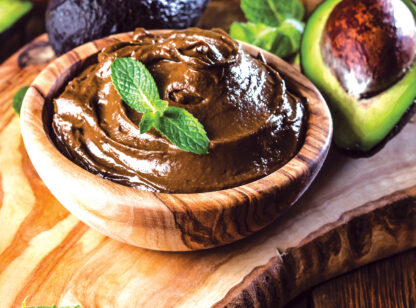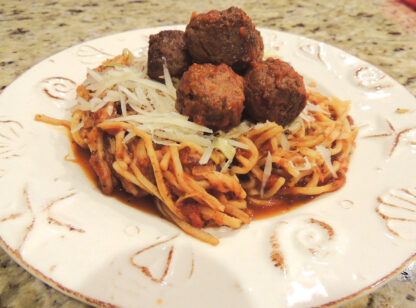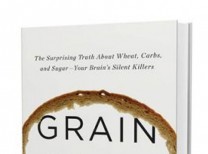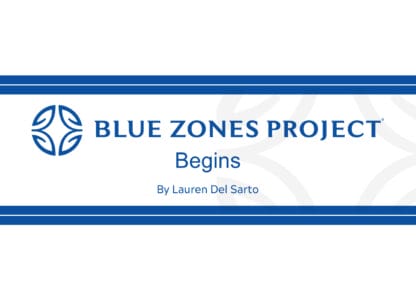When the latest diet craze gains momentum, many shrug it off as just another passing American fad. I heard several people say this after the author of Wheat Belly, William Davis, M.D., spoke here in January. His on-going conversation details the biophysics, consequences, and science to support a growing intolerance to today’s wheat and grains.
This led me to ask, if Americans are having issues with pasta, what in the world is happening in Italy? Are we the only ones recognizing a growing increase in celiac disease in our children? Is this, in fact, just another American fad?
The answer is an unequivocal “no.” In fact, due to the rapidly growing number of celiac cases around the world, many countries have implemented official government policies protecting those with the disease and those who must eat a gluten-free diet.
Following are some of those policies as outlined by the Celiac Disease Foundation (celiac.org), which in its 25 years has seen the disease – and gluten sensitivity – significantly increase. Let’s start with the land of pasta and pizza….
Italy
All Italians are tested for celiac disease at an early age (by 6). Each Italian citizen over the age of 10 with celiac disease receives a monthly stipend of 140 euros, which can be spent on specific gluten-free foods (regulated by the Ministry of Health). Italians with celiac disease also receive extra vacation time to shop/prepare GF food. The Italian Celiac Association and government have done an excellent job educating restaurants on how to deal with celiac disease. There are even gluten-free meals in schools, hospitals, and all other public eating establishments.1
Argentina
Argentina recently implemented its “National Program for the Detection and Control of Celiac Disease.” The program not only promotes awareness and knowledge regarding celiac disease, it also implemented an impressive array of labeling restrictions and created a national logo for all certified GF packaged foods. For residents, Argentinian health care providers must cover the cost of alternative flours and gluten-free mixes.2
Australia and New Zealand
Australia and New Zealand have the toughest labeling laws in the world; these have been set by the Australia New Zealand Food Standard’s Code and apply to all food sold or prepared for sale, including imported food. The Australia New Zealand Food Standards Code requires the following:3
- Foods labeled as “gluten free” must not contain any detectable gluten; no oats or their products; or cereals containing gluten that have used malt or their products.
- Ingredients derived from gluten-containing grains must be declared on the food label, however small the amount.
- Foods labeled as “low gluten” must contain less than 200 parts per million of gluten. Australia does not have a very large range of low gluten foods and be aware low gluten foods are not recommended for a gluten-free diet.
Canada
Canada has labeling restrictions on all packaged gluten-free foods. All foods considered certified gluten-free by Health Canada must contain under 20 parts per million of gluten. Any intentionally added gluten-containing ingredient must be listed on a product.
In addition, Canadian residents receive tax deductions for the extra cost of gluten-free foods versus their non-gluten-free counterparts.4
Ireland
Irish citizens may claim tax deductions for the extra cost of gluten-free foods versus their non-gluten-free counterparts. Ireland used to have a program that entitled some celiacs to specific gluten-free foods free of charge. However, the program has been discontinued.5,6
United Kingdom
Over 90% of British celiac patients receive gluten-free food as part of their prescription for the gluten-free diet. Essentially these patients receive gluten-free food and mixes at a heavily discounted price (the cost of the prescription). 7
The good news is that in 2013, the U.S. government began recognizing some celiac expenses as medical expense deductions. If you or one of your dependents has celiac disease and you itemize your deductions, the extra costs due to gluten-free dietary restrictions may be taken as a medical expense. In addition, you can deduct the cost of attending medical education conferences (see celiac.org/celiac-disease/resources/tax-deductions for additional information).
The worldwide impact of gluten is fascinating and confirms that this is not just another American fad. It is good to know that governments are taking action to educate and protect their populations, and to make gluten-free options more readily available to those in need.
It certainly makes you wonder if “3 to 5 servings of healthy whole grains a day” will one day be considered a passing American fad.
References: 1) http://www.celiachia.it/HOME/HomePage.aspx; 2) http://www.internationaldietetics.org/Newsletter/Vol19Issue2/Celiac-Community-Argentina.aspx; 3) http://www.foodstandards.gov.au/Pages/default.aspx; 4) http://www.hc-sc.gc.ca/fn-an/securit/allerg/cel-coe/gluten-position-eng.php; 5) http://www.coeliac.ie/financial_support/tax_relief; 6) http://www.coeliac.ie/financial_support
medical_card; 7) http://www.coeliac.org.uk/healthcare-professionals/prescriptions









































Comments (0)